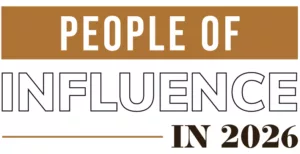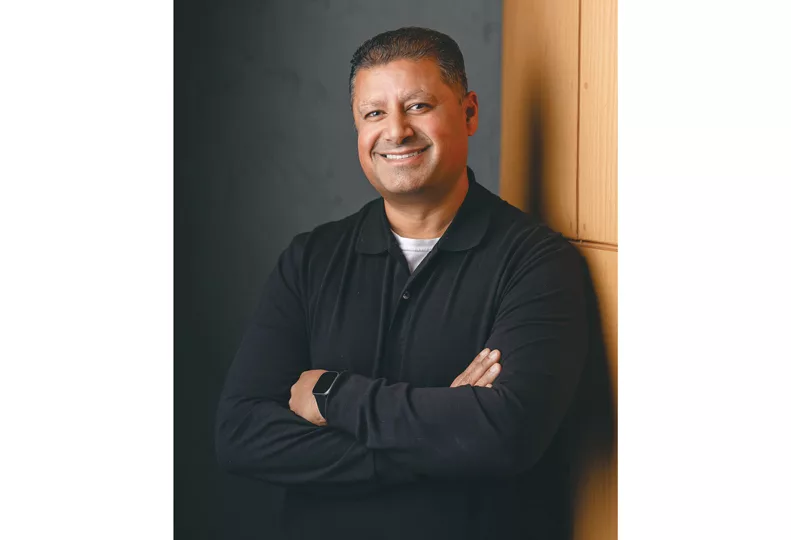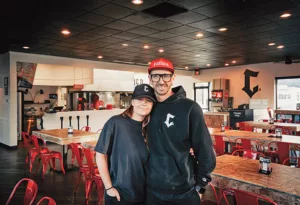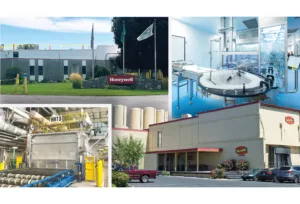
Meet & Greet Indy Dehal President and CEO, ALSC Architects PS

In December, ALSC Architects PS appointed longtime partner Indy Dehal as the firm’s new president and CEO, taking the helm from Rustin Hall, who served in the firm’s top position since 2008.
Dehal, 47, first joined ALSC as an intern in 2000 after receiving a bachelor’s degree in architecture from Washington State University. Over his 23-year career at the firm, Dehal has worked on health care, schools, and historic restoration projects, among others. Dehal is a member of the American Institute of Architects Spokane and is certified by the American Society for Healthcare Engineering. He is a registered architect in Washington, Idaho, and Montana. In 2016, he became a partner at ALSC.
Born and raised in northern California, Dehal moved to Washington for college in 1994 and has been here ever since. In his free time, he enjoys leading church trips to destinations across the globe, including Mexico, Belize, West Africa, and Central America. He is a board member of the Spokane County Library Foundation, the WSU Spokane Advisory Council, and a mentor for the WSU School of Architecture capstone program.
The Journal recently sat down with Dehal to talk about his career path and what he hopes to accomplish in this role.
How does it feel to grow from an intern to a CEO?
My goal was always to be a partner. It’s one of those situations where you’re the young kid and come in and say, I want to be the boss, and you laugh, and everybody kind of laughs at you too. But then I had great mentors here who helped me. They showed me how to build relationships with clients, how to manage a project, and all the facets of the job.
How did you prepare for the transition?
Rustin Hall was our previous president and CEO. Over the past year, we went through the transition of passing on that role to me.
Rustin isn't retiring yet. He is still here as a partner, running projects, and meeting with clients. I’m constantly talking to him about issues I’m dealing with or how to navigate a situation. I’ve taken the reins as president and CEO while he is still here so hcan mentor me, because I didn’t know how to be a president and CEO. We’re not taught how to be business leaders in architecture school. It’s on-the-job training where you seek it out and get continuing education on it.
Rustin turned me on to this organization called C12, which is a group of CEOs and business leaders that get together monthly and learn about leadership. It’s a great way to be around fellow CEOs who think similarly and have similar core values and talk about problems and issues we are going through. I started it two years ago because I knew that this transition was coming.
Is succession planning an integral part of the company?
We’re constantly mentoring someone, and not just one person but the group behind you. Hopefully, one of them is going to have that drive to say, I want to be a partner here. That’s something that we talk about at our annual retreat. At ALSC, we call it an advance. We’re always advancing, not retreating. We do a two- to three-day advance in February, and part of that advance is transition planning.
We just celebrated our 75th anniversary last year. We have great community support here, so we did a year of 75 acts of gratitude through different service projects.
There were other types of events and things that we did throughout the year as well, like celebrating retired past principals at our legacy event. We asked them what was important in their careers so that some of our young staff could understand and be connected to our legacy. Our staff got to hear some great stories. It connected them to the past and helped them understand the importance of why we’re here and the impact it can have on future generations.
What do you hope to accomplish as president and CEO?
We’re talking about that right now. We haven’t come up with our five-year goal yet. We’re dreaming right now. I don’t have a vision that I can share, but I can say we want to be well known for the visionary type of work we do. We are problem solvers. We’re working on very complex types of projects, and we’re known for our design capabilities. I want to continue building on to that. If anything, we want to expand beyond our local region. We’re getting calls from folks in Cleveland and other places asking us to go after projects. We’re honored they’re calling us. We didn’t seek them out.
A lot of times, we’ll team up with the local architect in that region. They’ll be the architect of record ... and we’ll work with them on a specific project. That’s been happening with more frequency lately. Our goal is to be known as a design entity in Spokane, and hopefully in the broader region.
What advice would you give someone who wants to follow a similar career path as you?
Create a goal and go for it. I was always challenged in my past. When I was younger, Ken Murphy, a partner here, said to me: Indy, the only thing holding you back is yourself. If you want it, go for it. That was great advice for me.
This interview has been edited for length and clarity.




_web.webp?t=1764835652)